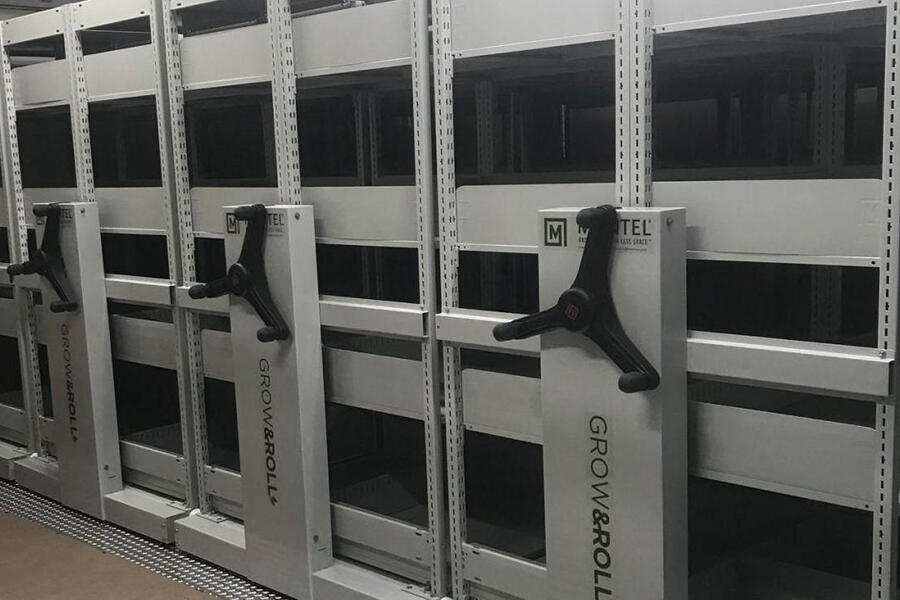The Future of Cold Storage is Mobile
Insights on storage

From perishables to pharmaceuticals, supply chains live and die by their cold storage capabilities. We’ve looked into our crystal balls and found that tomorrow’s logistics networks will necessitate space-conscious cold storage.
Founded in 1924, Montel is a company specialized in the design and manufacture of high-density mobile storage systems for a multitude of markets, including libraries, museums, industrial warehousing, education, healthcare, public safety, military, sports and indoor vertical farming.
Low temperatures in high demand
One of the reasons why cold storage facilities are a dream for investors is that they are virtually impervious to market elasticity. Everyone always needs access to the perishable goods that comprise the bulk of cold storage capacity, such as meat, produce, and medicine, so growth projections parallel population fluctuations, usually an easy number to track.
Eventually, however, that demand for refrigerated warehouses is going to butt up against available supply.
And while some cold storage investors scramble to expand their footprint across multiple locations or expansions, the businesses that will differentiate themselves will be the ones who invest in maximizing their existing cold storage capacity from the inside out. As of 2022, total US cold storage real estate hovered around 225 million square feet, which comprises about 3.7 billion cubic feet of gross capacity. That tells us that so many cold storage businesses understand the power of fitting as much as possible in as little space as possible.
They will not only reclaim wasted storage space but tightly optimize their energy expenses, by far the single meatiest operational expense in the industry. Why pay to cool two refrigerated warehouses when you can cool one that holds twice as much?

Icing down a hot real estate market
While the anomaly of COVID disrupted supply chains, complicated a tight labor market, and spooked consumers, thus throwing cold storage value into disarray, the industry has not only adjusted but exceeded pre-COVID demand thanks to drivers like the popularity of purchasing refrigerated goods online.
When consumer habits demand cold storage near city centers, competition heats up for salable land. But as high as the speculative cold storage real estate market might reach, breaking ground is another animal entirely, and for many businesses, the capex for such an endeavor in such a hot real estate market is simply too much.
For those businesses, an affordable and advantageous alternative is retrofitting their extant facilities. Maybe that looks like upgrades to insulation or preserving the envelope, but it could just as easily include investments in mobile racking for cold storage.
Other indicators point us in that direction. Many cold storage facilities are moving away from traditional forklifts to those with hydrogen fuel cells. Hydrogen fuel cells generate less heat, ideal for a cold storage environment, and they don’t require dedicated space for refueling or charging like combustion or battery-powered vehicles do—up to 60 percent less space overall. What that tells us is that saving space is front of mind in aspects not directly related to vacancy.

Mobile cold storage is today and tomorrow
The truth is, cold storage long ago took notice of how mobile storage technology allows for higher revenue and greater versatility without exorbitant capex investments relative to the trevails of real estate–hunting competition. These days, however, and in the days to come, mobile cold storage is going to be an essential safeguard against overspending and retaining value as costs for refrigerated warehouses continue to climb.
Are you a cold storage business seeking to maximize your space? Contact your local Authorized Montel Distributor and ask them about our free no-obligation consultation, which includes 2D and 3D renderings of how Montel’s most-popular cold storage mobile racks with empower your operations.






